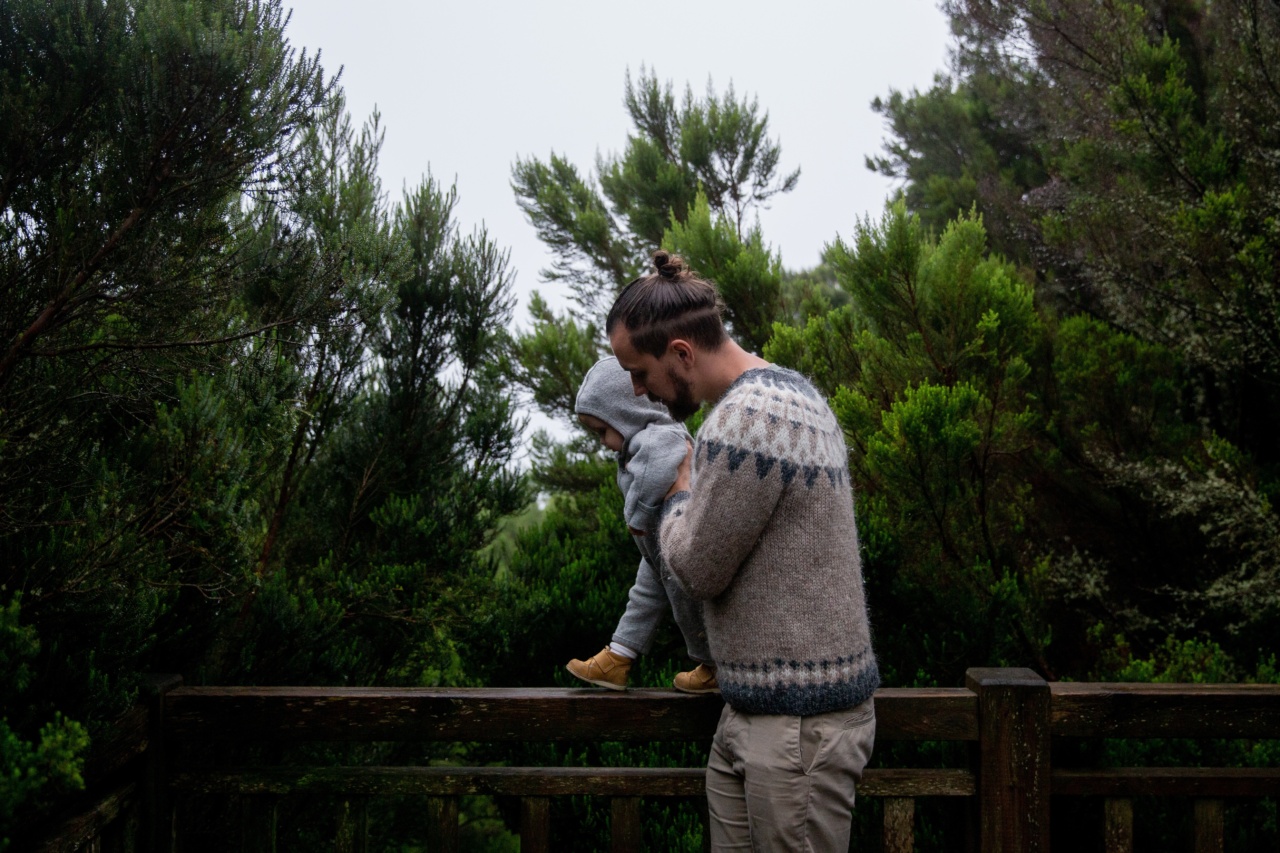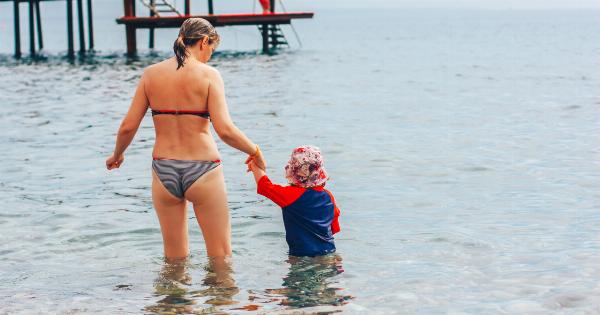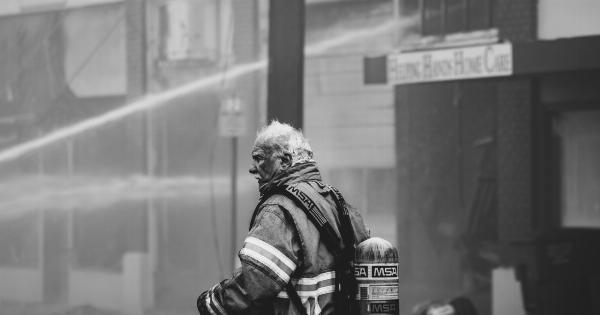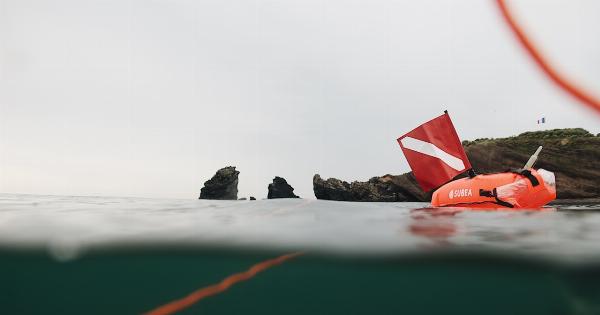According to statistics, drowning is the second leading cause of death for children under the age of 5. As a responsible adult, it is important to know what to do in case of an emergency, especially when it involves saving a baby from drowning.
With the right training and knowledge, it is possible to save a life. In this article, we will be discussing the steps you can take to save a baby from drowning.
1. Assess the Situation
The first step when you come across a baby who is drowning is to assess the situation. Look out for any potential hazards that may be present in the water. Avoid jumping into the water without knowing what is inside.
Assess the depth of the water and if possible, the temperature as well. Look around to see if there are any floats or ropes nearby that may help.
2. Call for Help
If you are not alone, have someone call for help immediately while you start the rescue process. You can also use your phone to call 911 or any emergency hotline that is available in your area.
Remember that every second counts when it comes to saving a life.
3. Remove the Baby from the Water
You can remove the baby from the water by using a pool net, ring buoy, or other similar equipment that you may find nearby. If these are not available, reach out and grab the baby’s arms or front of the shoulders and lift them out of the water.
Do not pull them up by their legs or neck as this can cause serious injury.
4. Check for Breathing
Once you have removed the baby from the water, check if they are breathing. If you are not sure, look for signs such as the chest rising and falling, or feeling their breath on your cheek. If the baby is not breathing, start CPR as soon as possible.
5. Start CPR
If you are trained in CPR, start the procedure immediately. Lay the baby on their back, tilt their head up slightly by placing your fingers on their forehead and gently tilting their head back.
Place your mouth over the baby’s mouth and nose and give two short breaths. Then, give 30 chest compressions by pressing down on the baby’s chest with two fingers for around 1.5 inches. Repeat the cycle of two breaths and 30 compressions until the baby starts breathing or help arrives.
6. Keep the Baby Warm
After you have successfully removed the baby from the water and started CPR, wrap them in a warm, dry blanket to help raise their body temperature. Babies are more likely to get hypothermia, especially after being in cold water for too long.
Ensure that the baby stays warm until medical help arrives.
7. Seek Professional Help Immediately
Once you have stabilized the baby, it is essential to seek professional medical help immediately. Even if the baby is breathing on their own, it is still important to get them checked by a medical professional to ensure their well-being is not at risk.
Head to the nearest hospital or a medical clinic as soon as possible.
8. Monitor the Baby
After the incident, it is crucial to monitor the baby for any signs of distress. They may experience shock, anxiety, or other medical conditions that can develop in the aftermath of drowning.
Be sure to keep a close eye on the baby and seek medical attention if anything seems out of the ordinary.
9. Take Preventative Measures
It is always better to prevent drowning incidents than to have to respond to them. To lower the chances of a baby drowning, ensure that they are always in the line of sight of an adult. Never leave them alone near a body of water, even if it is a bathtub.
Install barriers around all pools, rivers, and lakes. If your child is under two years old, consider enrolling them in swimming lessons to teach them basic swimming survival skills.
10. Stay Prepared
Finally, it is vital to stay prepared for an emergency. Ensure that you have a first aid kit within reach and that you and all adults who will be watching the baby know CPR.
Take courses on water safety, emergency response, and infant CPR so that you are better equipped to handle an emergency. Being prepared can save lives.































